This page will talk about the different breeds which phonies can be.
Note: "Breed" and "Subspecies" are used interchangeably here. That isn't accurate to how things work in real life, but for this page just roll with it.
Note: It has now been found that U. multiplex and T. katharsis are the same organism and U. multiplex is now a dubious taxon. Other official documents may refer to phonies as "U. multiplex" as they have yet to be updated.
Phonies
The titular characters of Phonyworld! They come in many shapes and sizes.
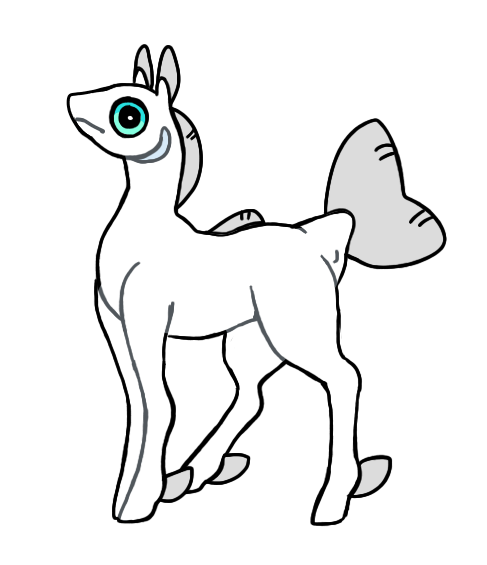
Furvitus (Phony)
T. katharsis ssp. furvitus
- Size: 1-2 ft
- Weight: ~30 lbs
- Rarity: Uncommon
- Default stats: 4 PER, 4 STR, 5 CHA, 5 SPE
Furvitus phonies are the smallest of the bunch. They're meek and flighty and always work best in a group. Furvitus phonies can bypass the schooling art requirement and need not get to know one another before joining hooves. They're typically found in warmer and more foliage-dense regions. They do not naturally occur as palindromes. It's assumed that the subspecies is entirely artificial.

Laetus (Phony)
T. katharsis ssp. laetus
- Size: 2-4 ft
- Weight: ~70 lbs
- Rarity: Common
- Default stats: 5 PER, 4 STR, 7 CHA, 5 SPE
Laetus phonies are on the smaller side, but rank above Furvitus. They're highly social, forming large groups with interpersonal complexities, and perform the most elaborate courtship dances of all phonies. It's no wonder why their charisma stat is their specialty! They're often highly colorful and inhabit more tropical regions of the world. They don't travel as often as the larger breeds, but they do migrate annually. They can naturally occur as palindromes.

Modicus (Phony)
T. katharsis ssp. modicus
- Size: 3-5 ft
- Weight: ~150 lbs
- Rarity: Common
- Default stats: 5 PER, 5 STR, 4 CHA, 7 SPE
Modicus phonies are one of the most common varieties of phony in the world. They live in smaller groups than the smaller phonies, and migrate great distances each year to meet other phonies and find new sources of food. They're still quite social but not as much as the smaller varieties. They're great at meshing with other phonies and serve as the "middle ground" between the other subspecies. They're very fast, with their specialty stat being in speed. They Inhabit almost every corner of the globe, be it hot or cold, wet or dry. They can naturally occur as palindromes.
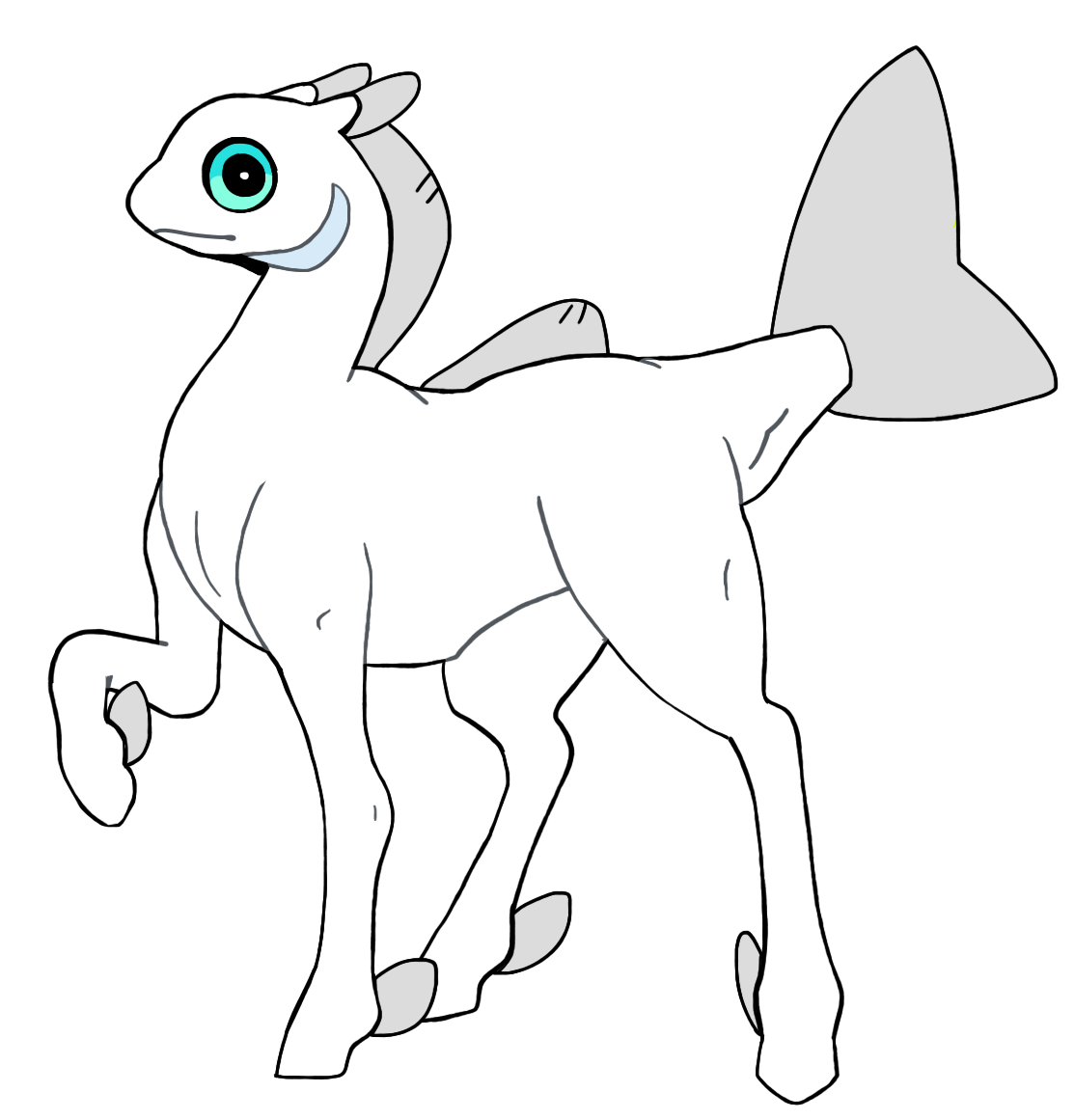
Probus (Phony)
T. katharsis ssp. probus
- Size: 5-6 ft
- Weight: ~200 lbs
- Rarity: Uncommon
- Default stats: 5 PER, 7 STR, 4 CHA, 5 SPE
Probus phonies are a large and robust variety, which are known for not being too friendly or social. They live in the colder regions of the world and typically work in small groups of around 2-3 if not completely solitarily. They're known to consume more meat than vegetative matter, and are pretty good at hunting. They're able to travel very long distances but usually migrate more for food than for social purposes. Their stat proficiency is in strength. They can naturally occur as palindromes.

Longam (Phony)
T. katharsis ssp. longam
- Size: 4-6 ft tall, ~10 ft long
- Weight: ~300 lbs
- Rarity: Uncommon
- Default stats: 7 PER, 5 STR, 5 CHA, 4 SPE
Longam phonies are certainly distinct. With their long bodies, they are only optimized for a few environments. They don't school very often, and love to squeeze into tight spaces to ambush hunt. Their stat proficiency is in perception, and they have very acute senses of hearing, scent and sight. They do not naturally occur as palindromes.
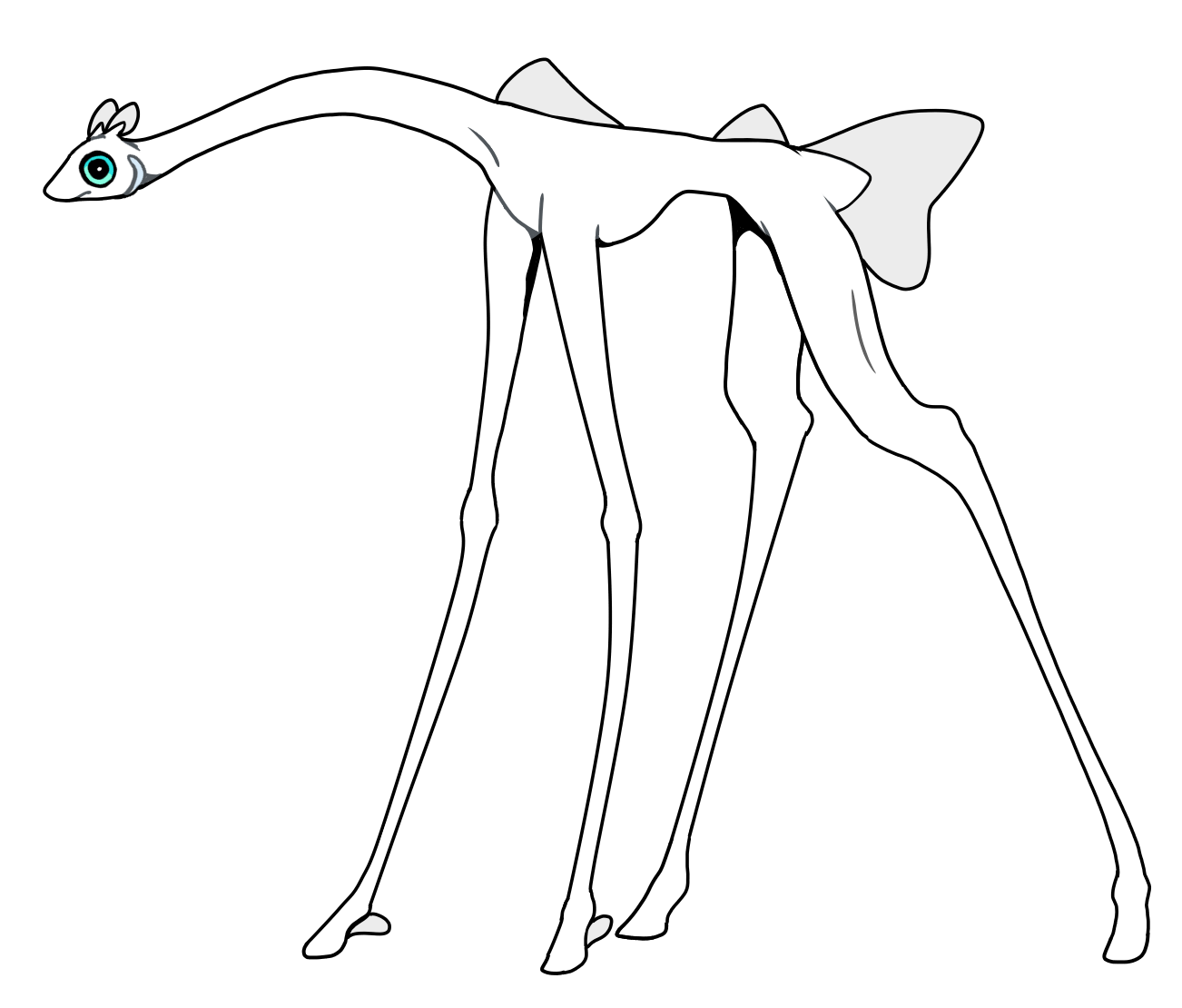
Altis (Phony)
T. katharsis ssp. altis
- Size: 10 ft
- Weight: ~100 lbs
- Rarity: Rare
- Default stats: 5 PER, 4 STR, 5 CHA, 7 SPE
Altis phonies are a recently discovered breed. They're very gangly and awkward looking, and are typically found alone. Genetic testing has shown they're most closely related to furvitus phonies, suggesting they may just be an offshoot of that subspecies with extremely long limbs. Their proficiency is in speed. They do not naturally occur as palindromes.
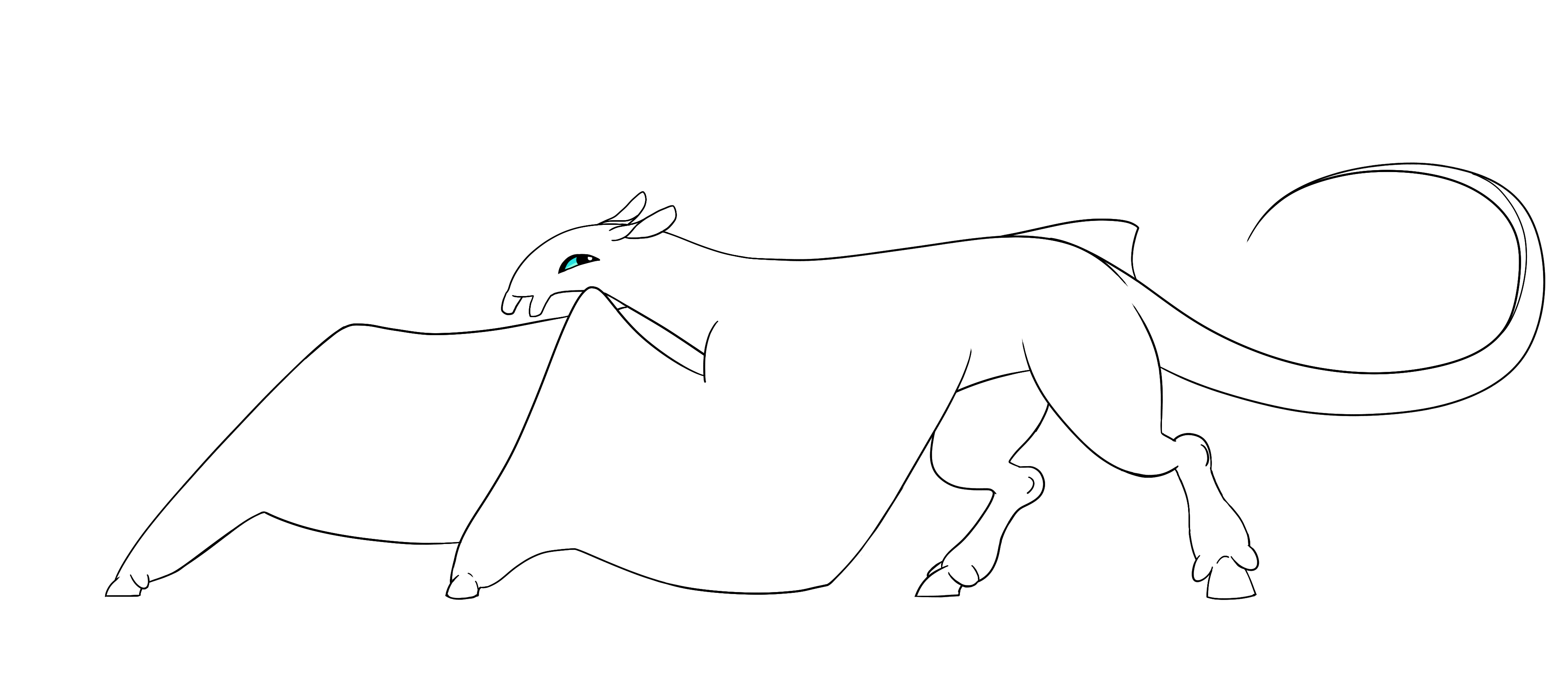
Tenebris (Phony)
T. katharsis ssp. altis
- Size: 10 ft long
- Weight: ~250 lbs
- Rarity: Rare
- Default stats: 7 PER, 5 STR, 4 CHA, 5 SPE
Tenebris phonies are the most recently discovered breed. They're found mostly on confibula's largest island, and are found rarely elsewhere. Their excessively long front legs are typically cloaked in plenty of loose skin, giving them the appearance of wings. They aren't usually found in large groups. They have ray-wings by default but it can be taken off to expose their gangly legs. Their proficiency is in perception. They do not naturally occur as palindromes.
.
Palindromes
The ancestral form of phonies. They don't come in as many varieties as phonies do.
Any phony can be a palindrome as long as it has the Ray Wings (Rw), Gulper Mouth (gu), Eyespots (es), Tri-Symmetry (ts) and Palindromic (pl) mutations activated at the same time.
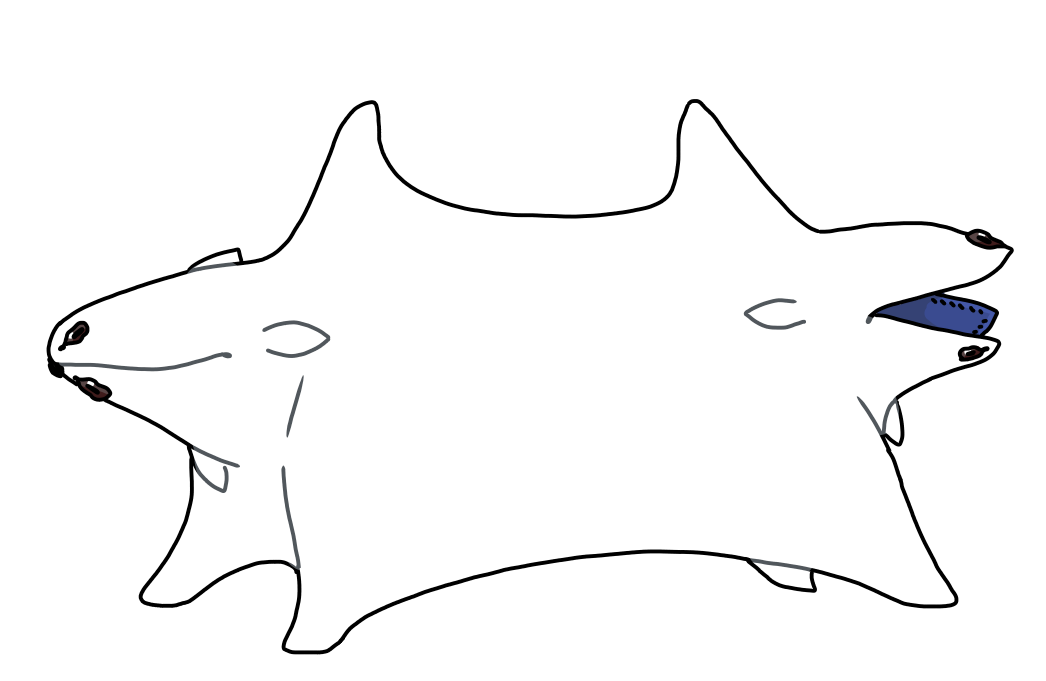
Laetus (Palindrome)
T. katharsis ssp. laetus
- Size: 2-3 ft
- Weight: ~70 lbs
- Rarity: Common
- Default stats: 6 PER, 4 STR, 7 CHA, 4 SPE
Laetus palindromes (more commonly simply referred to as social palindromes) are the smallest naturally occuring variety of palindrome. They behave similarly to laetus phonies, living in more sedentary groups with a lot of members. They typically choose one face to stand on and become their "bottom face", and one pair of legs will always be facing the top, falling out of use and turning inwards.
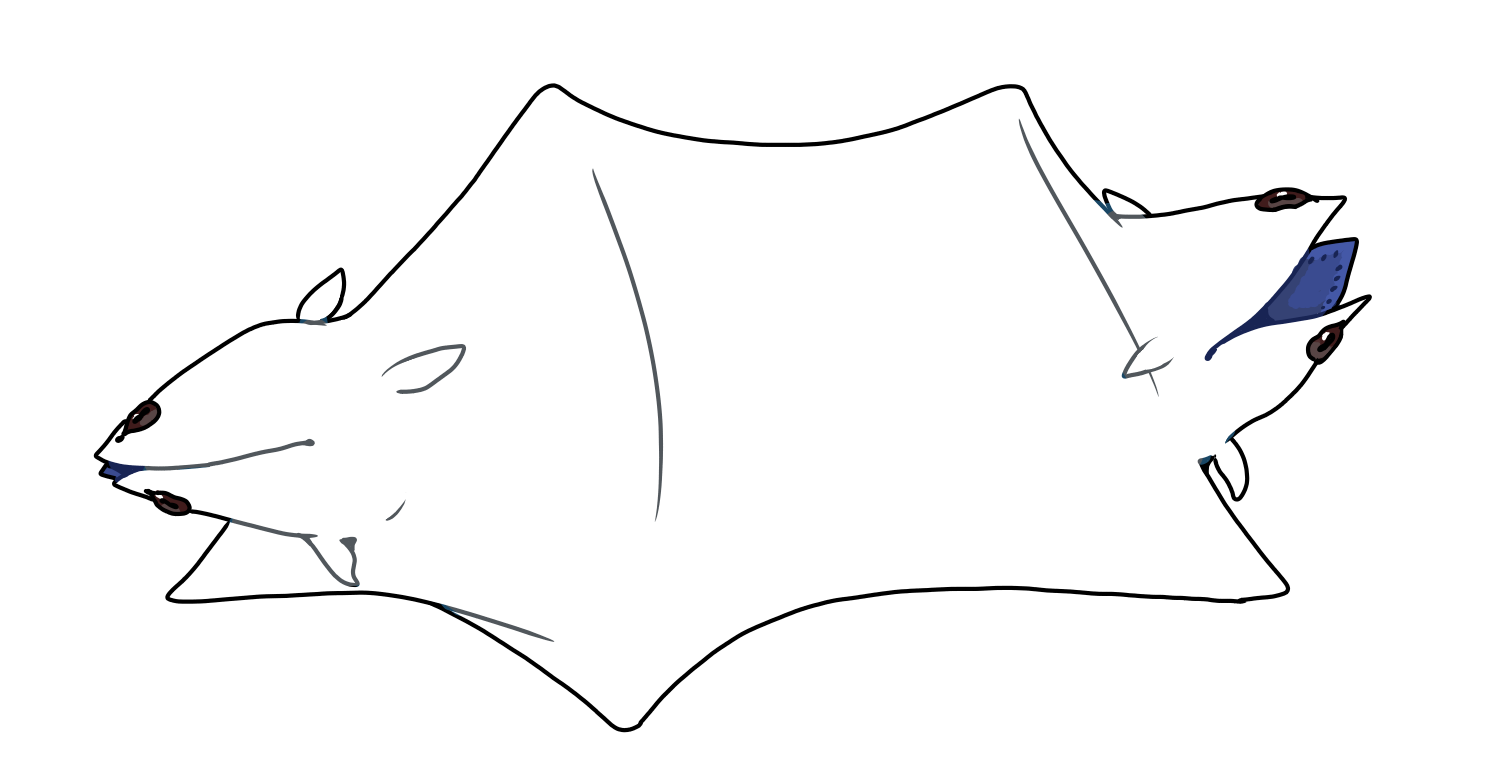
Modicus (Palindrome)
T. katharsis ssp. modicus
- Size: 3 ft
- Weight: ~150 lbs
- Rarity: Common
- Default stats: 6 PER, 5 STR, 4 CHA, 6 SPE
Modicus palindromes are assumed to be the "default" palindrome, and have been tested to be the longest-lasting lineage of the entire T. katharsis species. They behave mostly identically to modicus phonies.

Probus (Palindrome)
T. katharsis ssp. probus
- Size: 3-4 ft
- Weight: ~200 lbs
- Rarity: Uncommon
- Default stats: 6 PER, 7 STR, 4 CHA, 4 SPE
Probus palindromes are pretty much identical to Probus phonies in terms of behavior. They live in cooler climates with few friends, and aren't the best at making new ones. They're very cold-tolerant and hardy. All of their legs face typically face forwards.